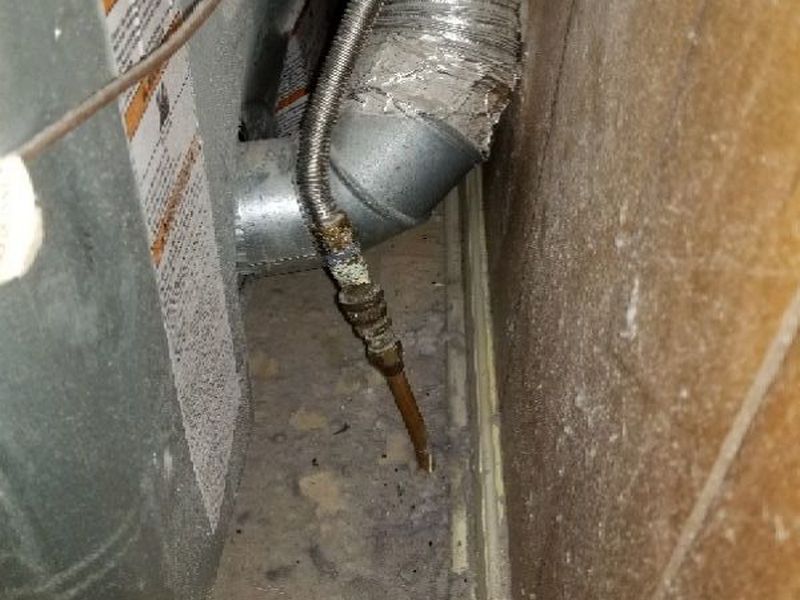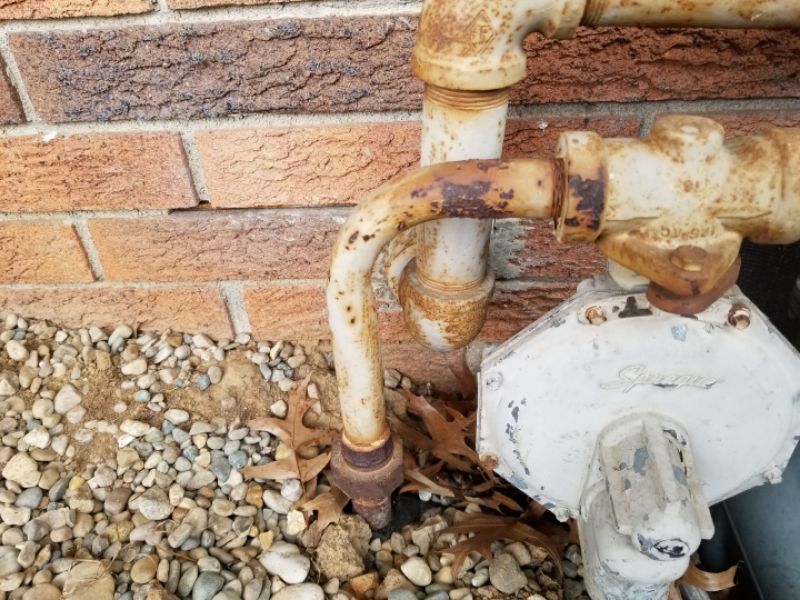In the component “Fuel Services – Meter” we are looking at a fuel gas system that is connected to the home and supplied constantly from a remote location. This is most commonly natural gas, but can be LP. When LP or #2 heating oil is delivered to a property, the metering for the fuel’s cost is done at the truck. The on-site supply will often have a regulator. The meters in this component track usage as well as provide regulation. Additionally, we will consider the various concerns with gas piping, including valves.
Inspect meters for a secure installation, damage or deterioration, debris, and protection from impact. Where relevant, seismic shut-off valves must be present. Always take photos and report the locations of the meter and the main shut-off. Evaluate gas pipes carefully. Be familiar with the concerns about CSST, including local requirements. You should know the difference between a drip leg and a sediment trap, and how they should be installed. Shut-off valves must be in place and in good condition at all gas appliances.
Seismic gas meter valves
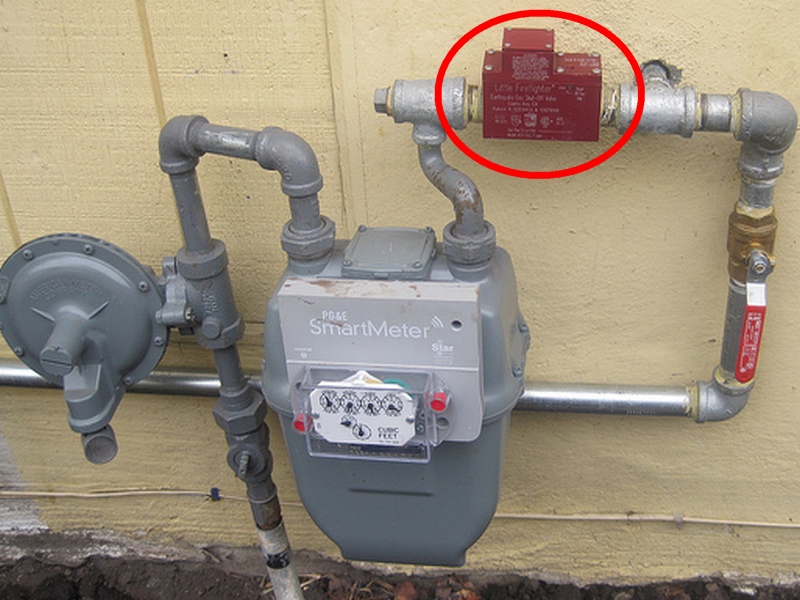
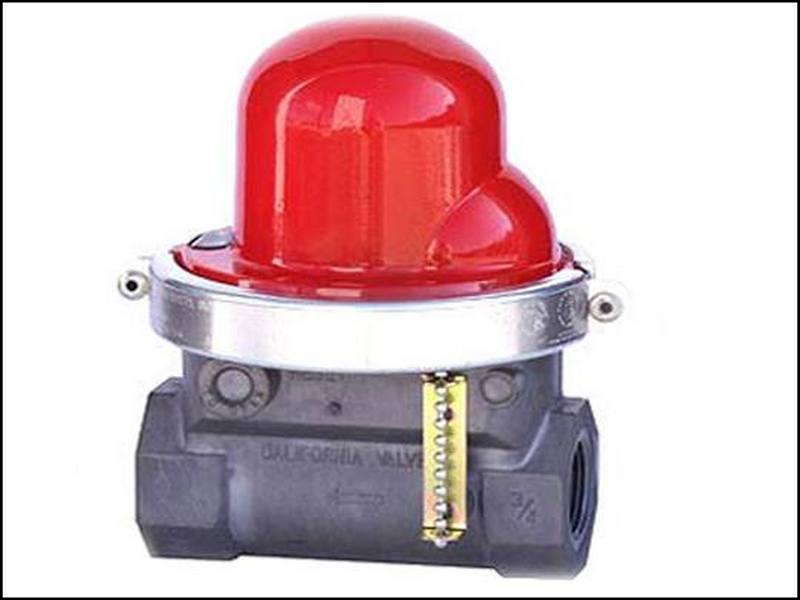
The gas meter does not have a seismic shut-off valve. This is a safety hazard in earthquake-prone areas; they are required by some municipalities and insurance carriers. Hire a plumber for repairs as needed.
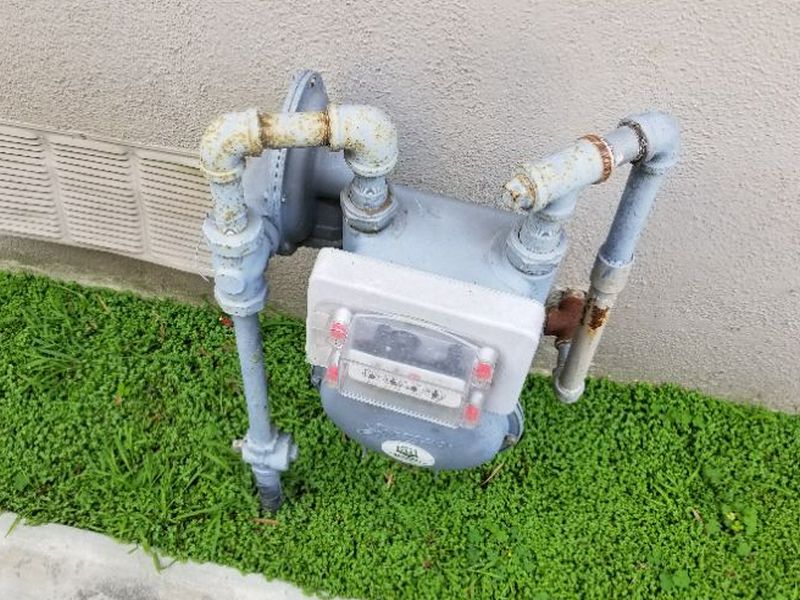
The gas meter lacks impact protection. It is installed in a vulnerable location. This is a safety hazard. Add impact protection to the meter.
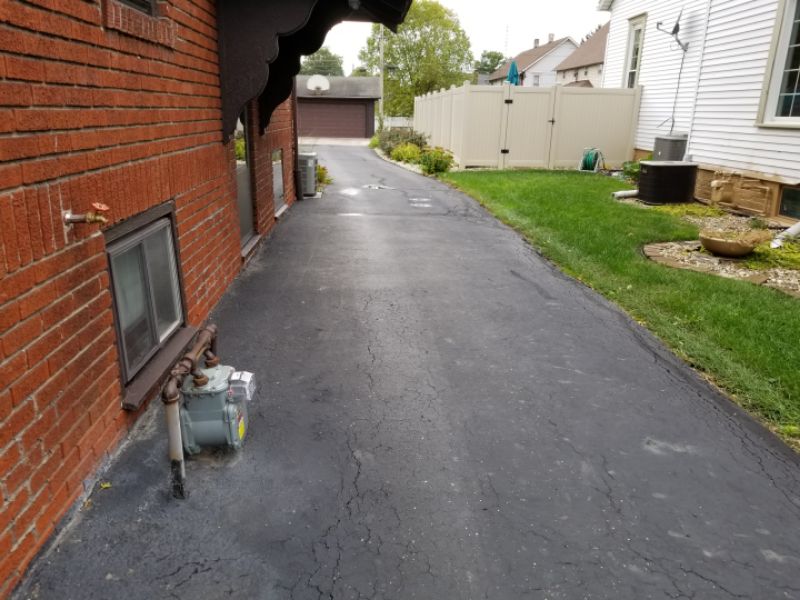
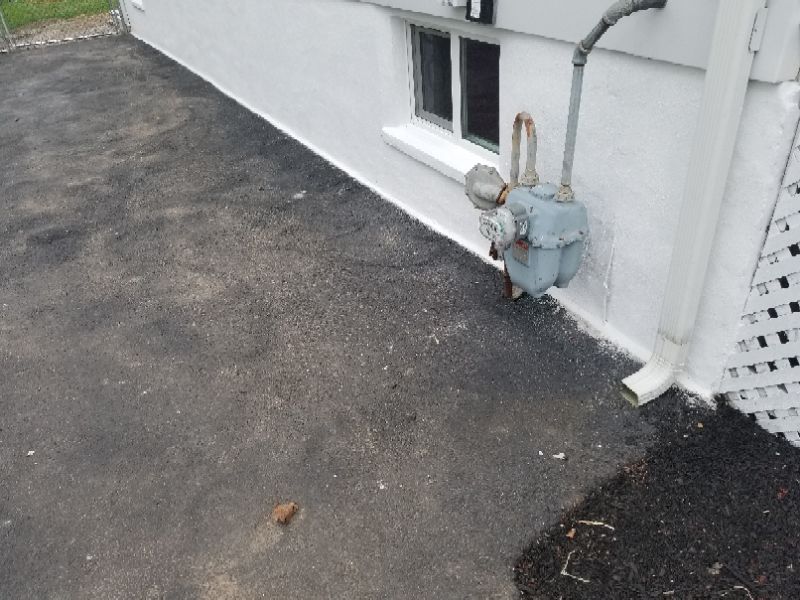
The gas meter is partially buried in the ground or is covered by mulch. This can damage the equipment, and is a safety hazard. Clear the soil or mulch from the meter.
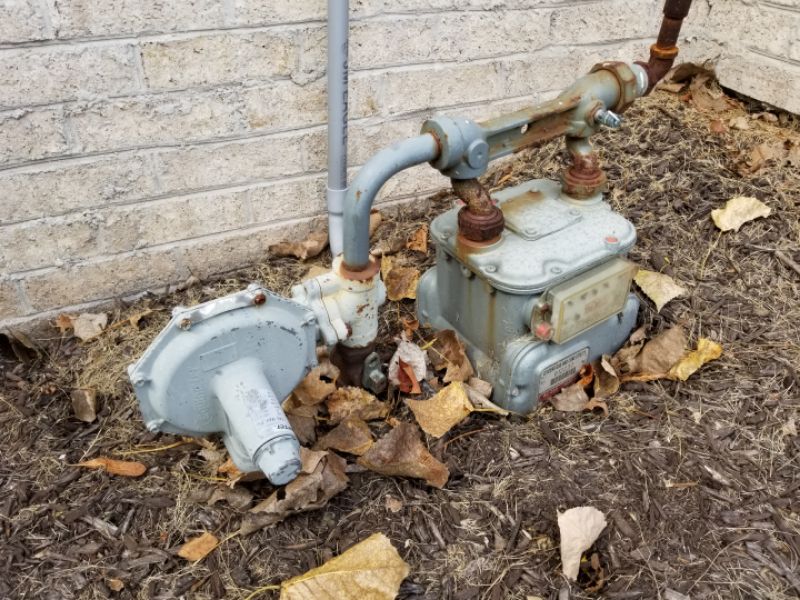
Corrugated Stainless Steel Tubing (CSST) gas piping must be bonded back to the system ground to avoid damage during lightning events.
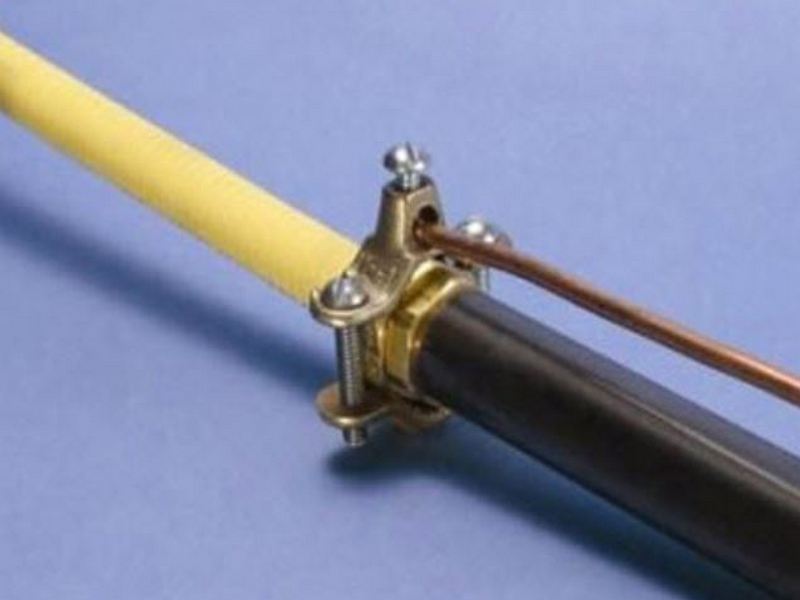
A nearby strike can cause an arc that perforates the gas line.
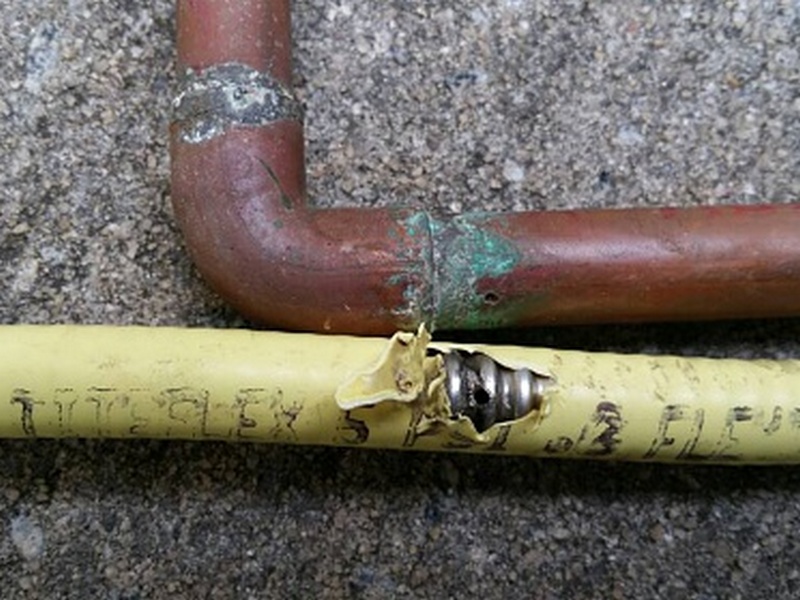
Yellow CSST gas lines are present. Manufacturers believe that yellow corrugated stainless steel tubing (CSST) is safer if properly bonded and grounded as required by the manufacturer’s installation instructions. Proper bonding and grounding of CSST can be determined only by a Licensed Master Electrician. Hire a Licensed Master Electrician to properly bond and ground the lines.
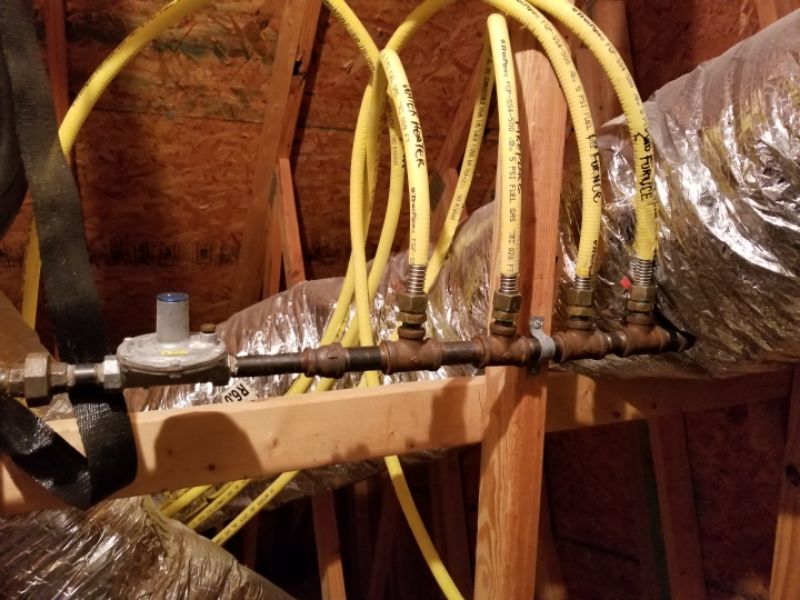
The flexible appliance connector is improperly installed. It is passing though the cabinet of the appliance. Any excess vibrations can damage the line and cause a fuel leak. Hire a plumber to replace the connector or install protective bushings as required.
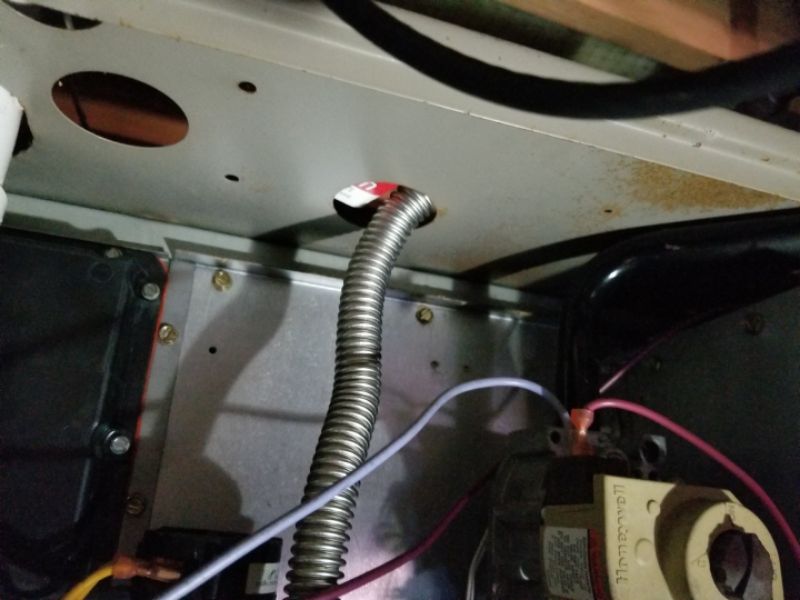
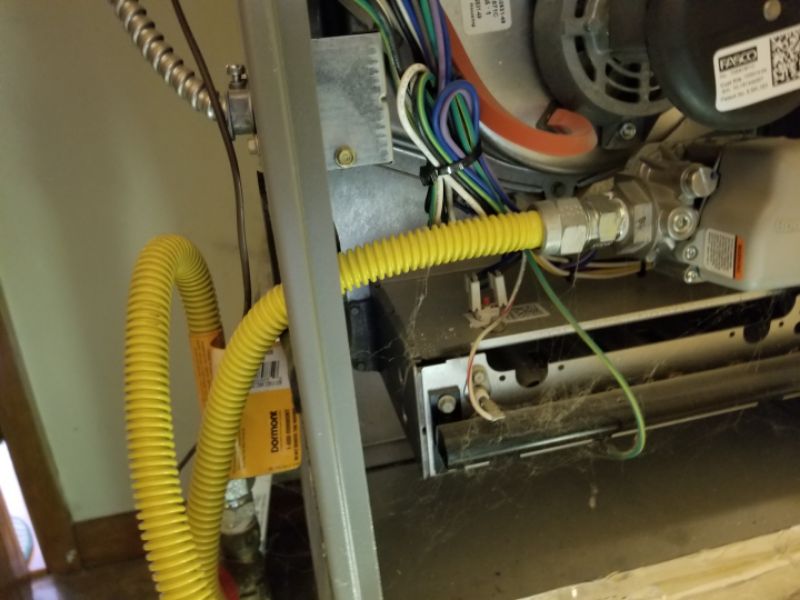
The gas lines are not protected against damage. This is a safety hazard. Hire a plumber to add protection to the line.
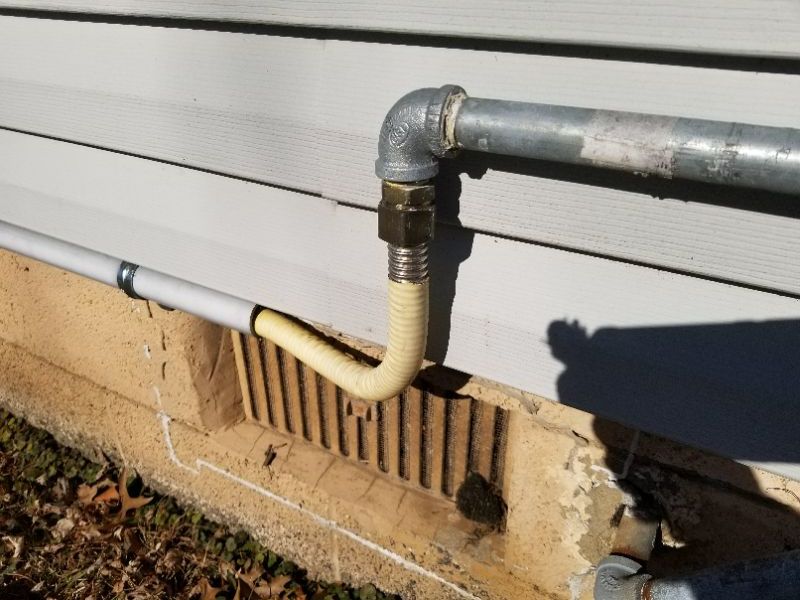
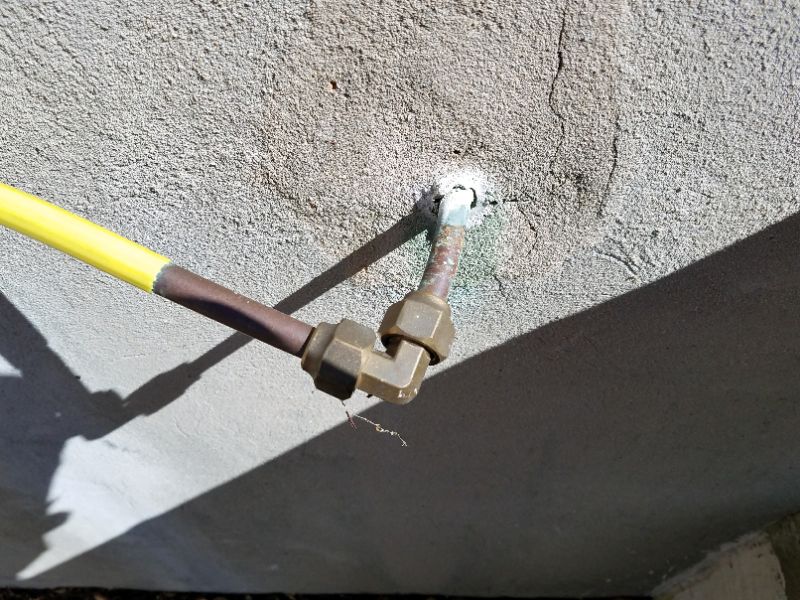
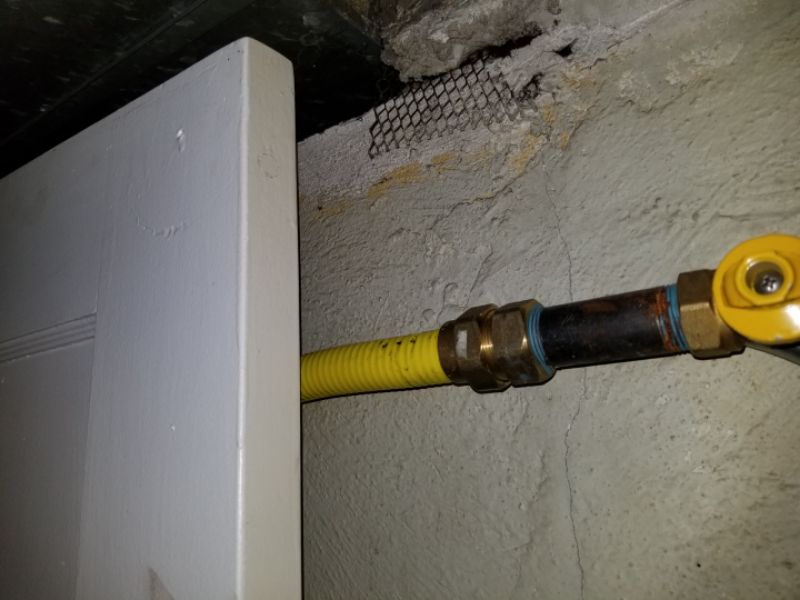
The gas line is damaged. This is a safety hazard. Hire a plumber to replace the line.
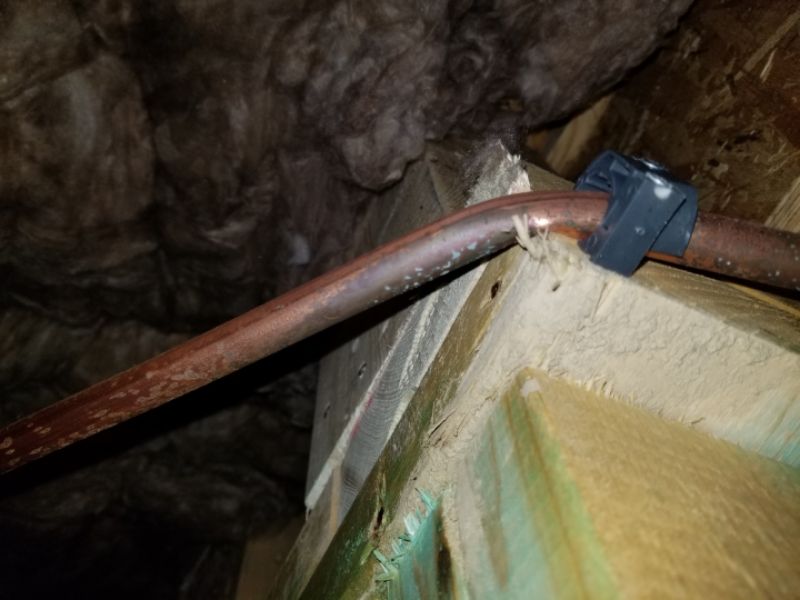
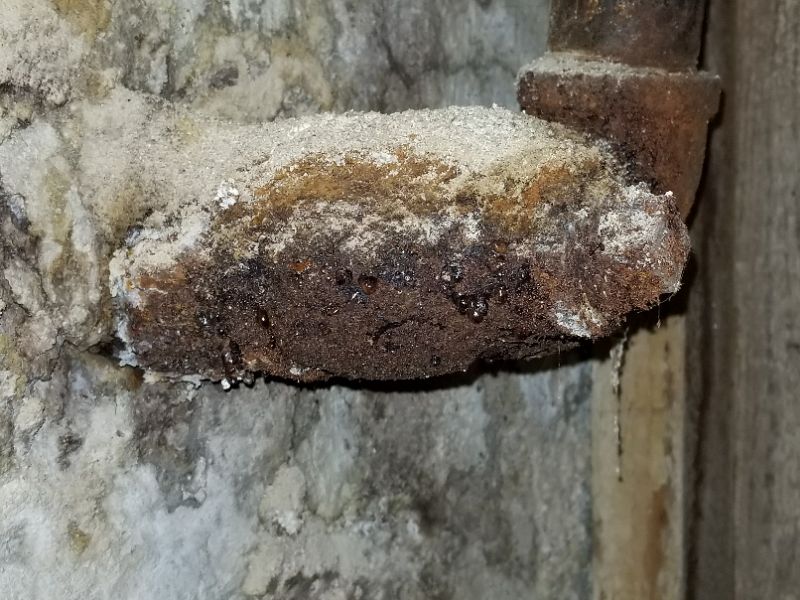
The gas lines are not properly supported. This is a safety hazard that can lead to leaks. Hire a plumber to properly support the line.
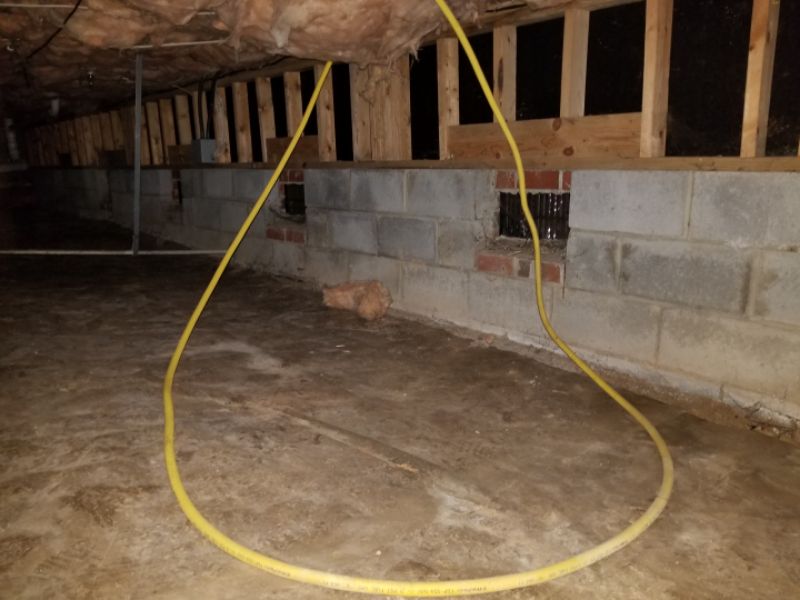
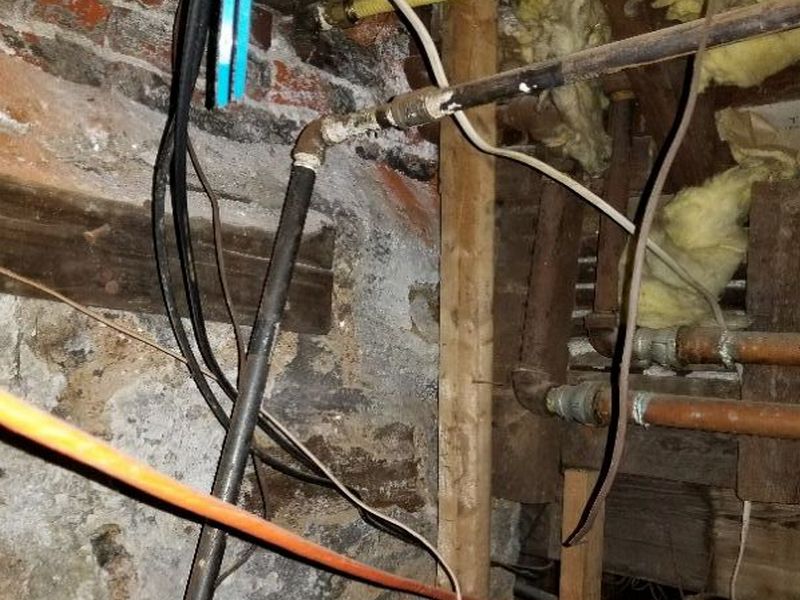
There is a gas service pipe with an open end which is readily accessible. This is an active line that has a shut-off valve that could be unintentionally opened. Hire a plumber for repairs as needed.
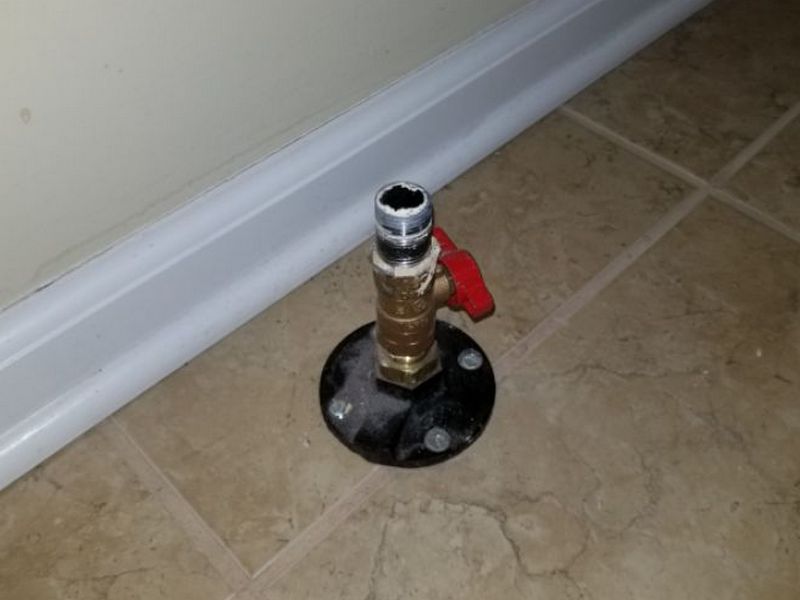
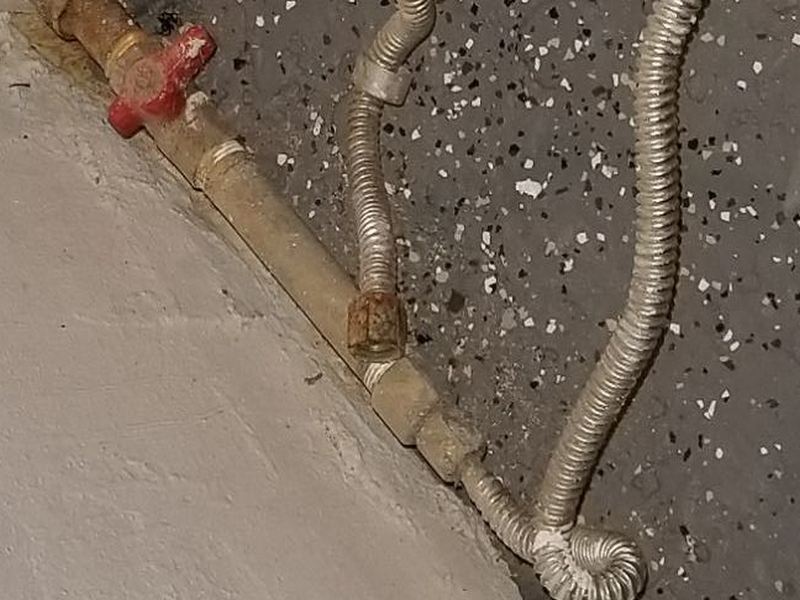
There are unmarked copper gas lines present. Accepted safe practice is to mark the lines in bright yellow to distinguish them from copper water pipes. Properly mark the lines.
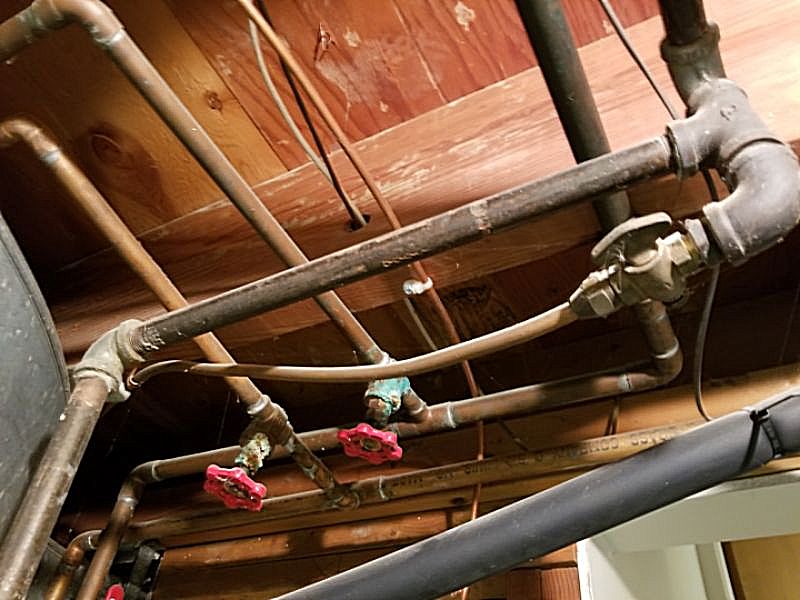
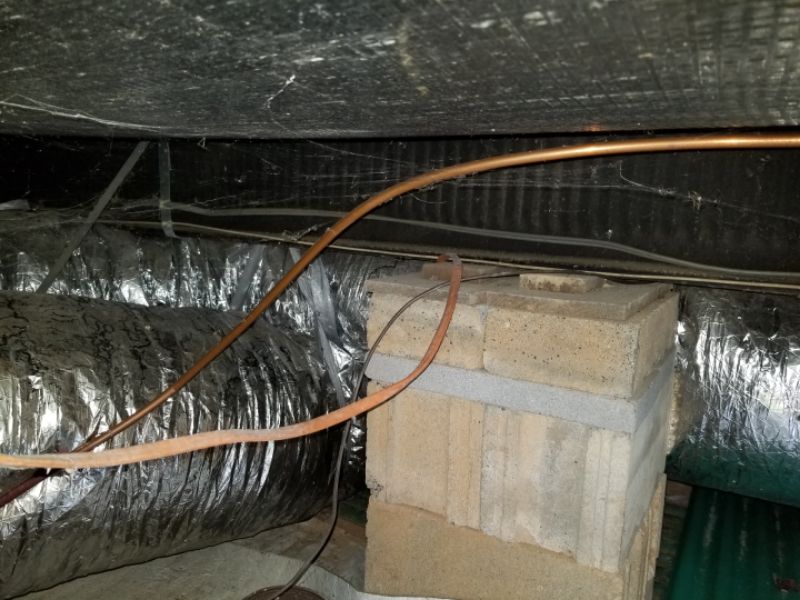
The gas system is missing sediment traps. These are generally required at each appliance between the shutoff valve and the appliance to ensure reliable and safe operation.
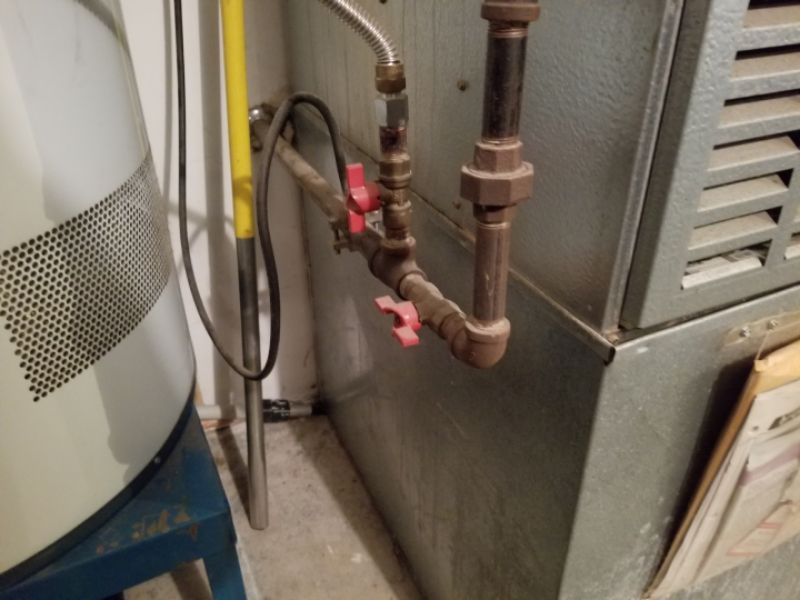
The gas shut-off valve is damaged or leaking. This is a safety hazard. Hire a plumber or HVAC contractor for repairs as needed.
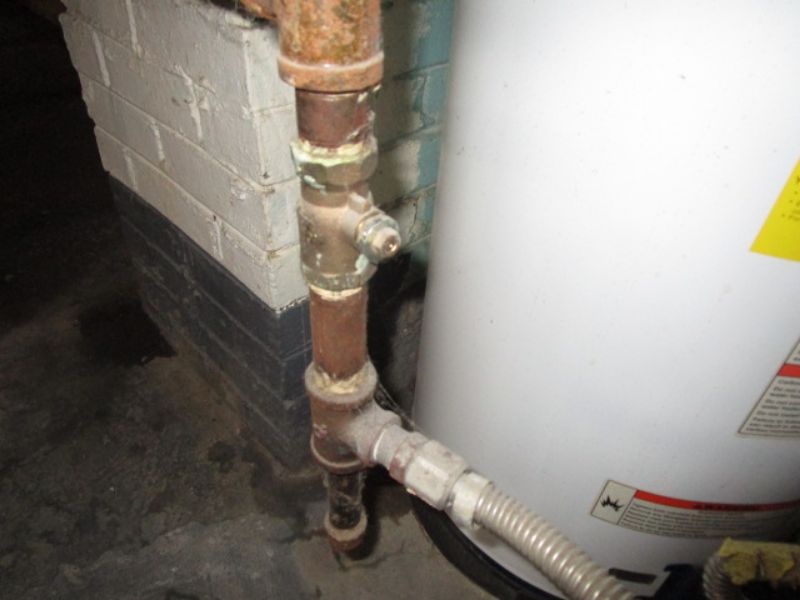
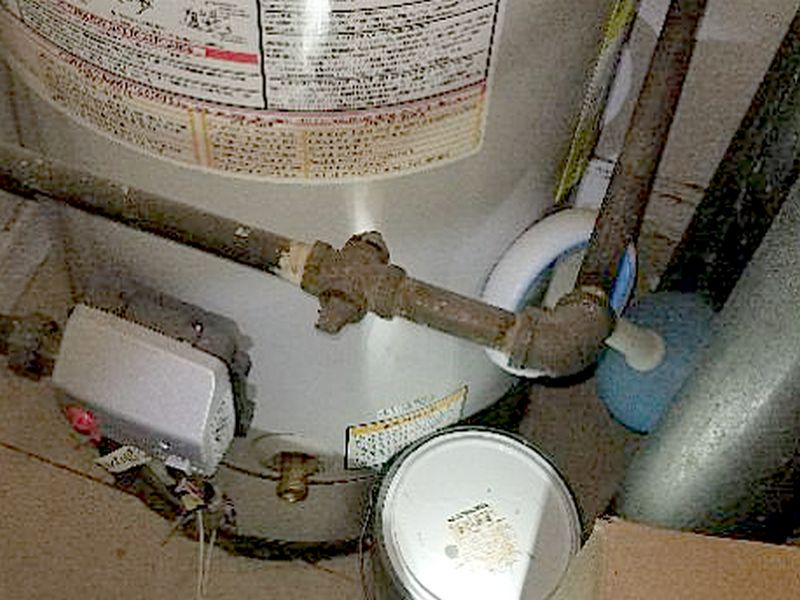
The gas shut-off valve is corroded. This is a safety hazard. Hire a plumber or HVAC contractor for repairs as needed.
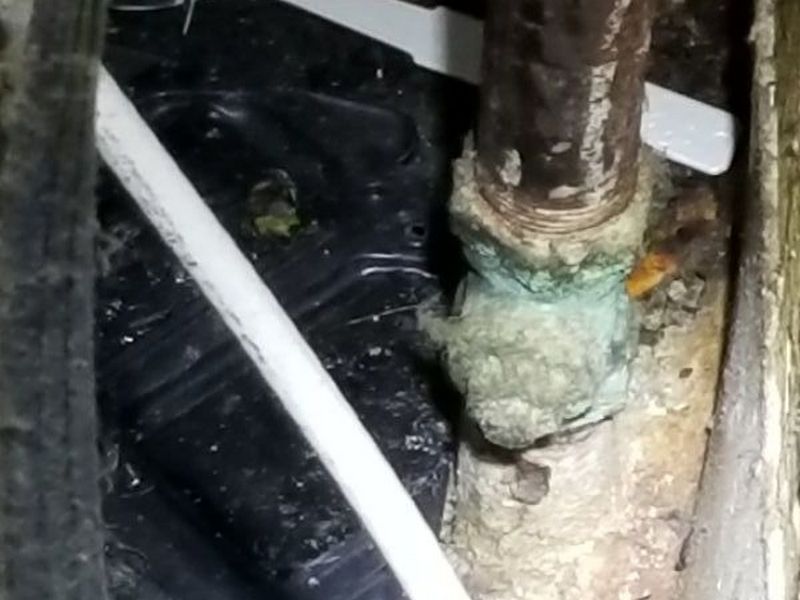
The gas shut-off valve is missing. This is a safety hazard. Hire a plumber or HVAC contractor for repairs as needed.
